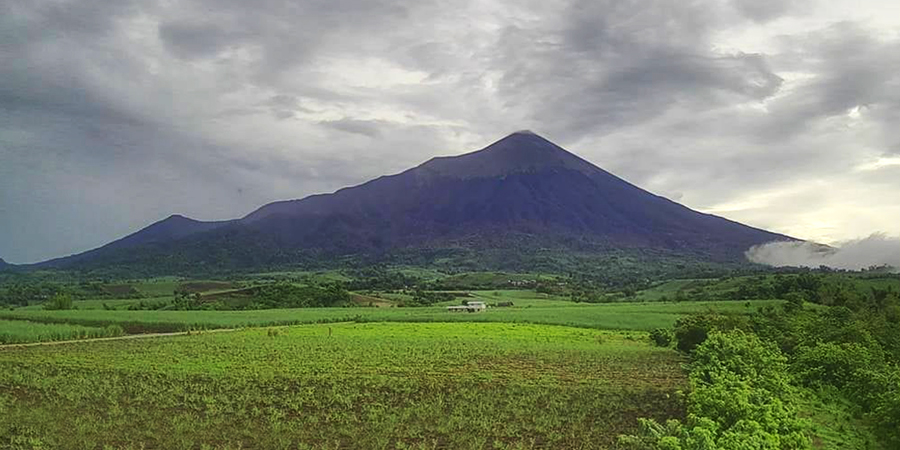• GILBERT P. BAYORAN

The Philippine Institute of Volcanology and Seismology has recorded elevated volcanic sulfur dioxide (SO2) gas emissions from the crater of Kanlaon Volcano on July 2.
PHIVOLCS logged an average of 5,083 tons of volcanic SO2 emissions – the second highest emission it recorded from the volcano this year, and the third highest since instrumental gas monitoring started.
It said that Kanlaon has been degassing increased concentrations of volcanic SO2 this year, which prior to the June 3 eruption was at an average of 1,273 tons per day. Since then, emissions have been particularly elevated at a current average 3,254 tons per day, PHIVOLCS further said.
The normal volcanic sulfur dioxide gas emissions at Kanlaon is 300 tons a day.
PHIVOLCS also noted that after its phreatic eruption on June 3, volcanic earthquake activity has persisted at an average of 10 events daily.
Ground deformation data from the continuous GPS and electronic tilt measurements have been recording medium term inflation of the Kanlaon edifice since March 2022, and a shorter term inflation of the eastern flank since 2023, indicating slow but sustained pressurization within the volcano, it added.
The overall monitoring parameters, according to PHIVOLCS, indicate that magmatic processes beneath the volcano may be driving current unrest, causing persistently high concentrations of volcanic gas emission, swelling the edifice, and occasional volcanic earthquake activity.
The public was reminded anew that Alert Level 2 still prevails over Kanlaon, which means that there is current unrest driven by shallow magmatic processes that could eventually lead to explosive eruptions, or even precede hazardous magmatic eruption at the summit crater.
Phivolcs logged four volcanic quakes at the Kanlaon Volcano on July 2.
ANIMAL DEATHS
The number of livestock and chickens that have been recorded as killed by the phreatic eruption of Kanlaon volcano on June 3, has increased to 4,764, in three local government units.
The estimated value of dead animals was pegged by the Provincial Veterinarian Office at P1,248,000.
The poultry industry suffered the most deaths with 4,488 chickens, followed by goat and sheep ast 103, swine – 98, carabao – 53, cattle – 16, and six dogs and cats.
The deaths were blamed by the PVO on respiratory infections and digestive problems due to the inhalation of sulfur.
The PVO held a series of veterinary medical missions last week in the affected barangays, aimed at helping other animals in the area recover from burns and digestive problems.*







